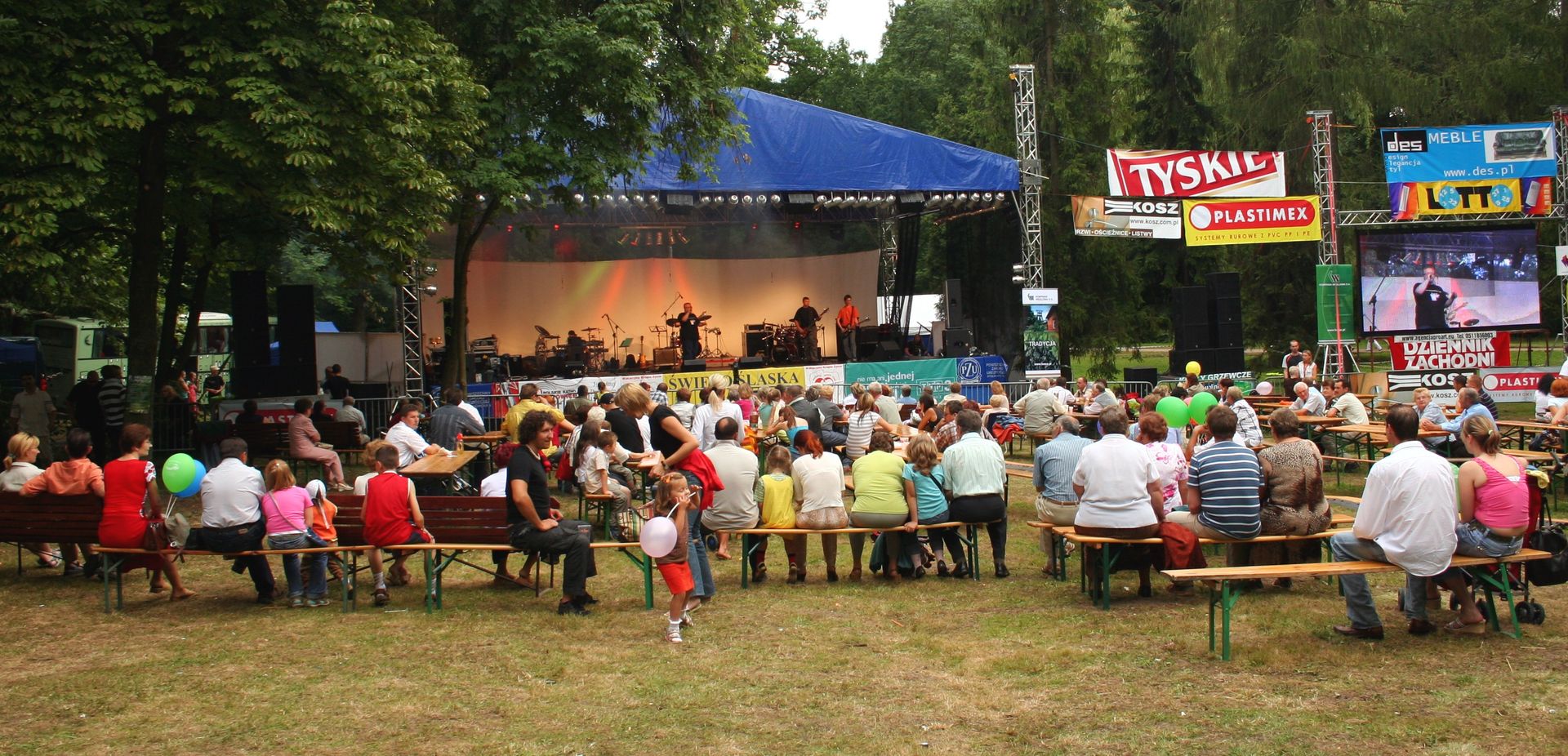Koszecin
6.38

Overview
Koszęcin, located in the Lubliniec County of the Silesian Voivodeship, is a village with a rich history dating back to 1277. The history of the locality is closely tied to the northwestern part of Upper Silesia, and the village itself serves as the seat of both the municipality and the local forest district. Architecturally, Koszęcin stands out with its classicist palace and park complex, which originated in the 17th century and was the seat of the Hohenlohe family until 1945. The palace is surrounded by areas with protected fauna and flora, as well as an Evangelical cemetery. It is also worth mentioning two historic churches—the wooden Holy Trinity Church from 1724 and the Church of the Sacred Heart of Jesus from 1908—which are testaments to the local sacral culture. Koszęcin also boasts interesting cultural traditions, with the Stanisław Hadyna Song and Dance Ensemble "Śląsk" enlivening the local artistic scene. Annually, at the turn of June and July, the "Śląsk" Festival takes place, attracting tourists with knightly shows, artistic performances, and workshops. Koszęcin also has interesting international connections; the municipality is a partner of Gura Humorului in Romania and Kraubath an der Mur in Austria, striving for cultural and social cooperation. With a population of around 4,500, the village also has rich sports traditions, represented by the "LKS Śląsk Koszęcin" club. Despite its complex history, including Lutheranism and uprising battles, Koszęcin successfully preserves its heritage and strives for development, having applied for town rights in the 1990s. Koszęcin is a place where history, culture, and architecture come together, creating a unique atmosphere and identity for the locality.
Location
2025 Wizytor | All Rights Reserved